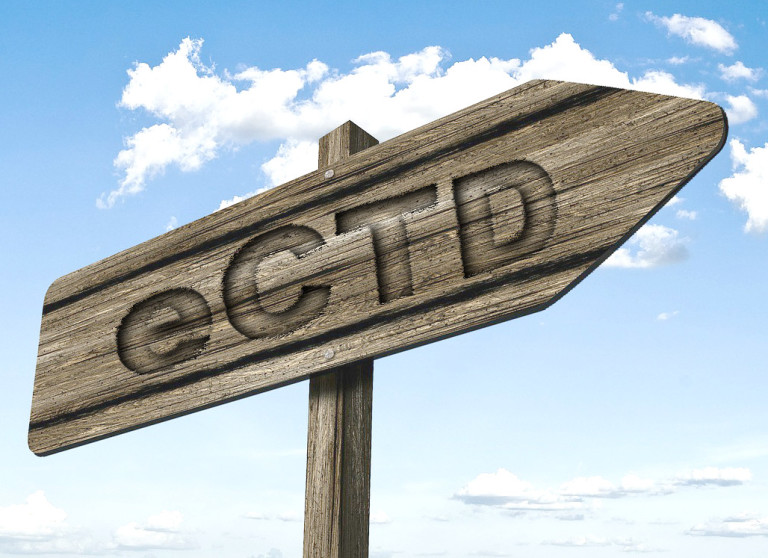Posted on April 14, 2016
eCTD in Australia
Following the successful eCTD pilot programme in 2014/2015, the TGA has published the final Australian eCTD specification (version 3.0) which is now mandatory for all dossiers submitted in eCTD format after 1 January 2016. This is an important milestone for the TGA in recognising eCTD as an acceptable (and preferable) submission format and is supportive of the broader government policy for digital transition.
Recent developments
As an incentive for sponsors to adopt the eCTD format, the TGA has recently commenced a pre‑submission pilot for certain types of new Category 1 applications (Type A and Type D) submitted as a validated eCTD sequence. The intention of the pilot is to decrease the pre‑submission workload for sponsors and to reduce the overall registration timeline by at least one month. Participation in the pilot is optional and represents an excellent opportunity to take advantage of an expedited evaluation pathway for eligible applications.
Advantages of eCTD
Electronic dossier formats (eCTD or NeeS) have a number of advantages over paper based submissions including:
- Reduced costs associated with producing, checking and Storage of paper dossiers
- Enhanced navigation between documents
- Greater search functionality
Some additional benefits which are unique to eCTD include:
- Lifecycle management of documents
- Ability to reuse files
- Cross-referencing to previous sequences
While the eCTD format is not currently mandatory in Australia, it is only a matter of time before the TGA joins other global regulators in mandating eCTD. Given the substantial benefits and advantages of moving to eCTD, and in order to start developing familiarity and experience, sponsors should strongly consider introducing it to their regulatory processes now to ensure that they are prepared in advance of any changes to TGA policy.
Conversion to eCTD
Submitting the initial registration application in eCTD format is the most convenient and logical approach to maintain the full product history in a single electronic location. For currently registered products or applications under evaluation that have been submitted in formats other than eCTD, converting a dossier will involve planning, and the appropriate timing will depend on ongoing regulatory activities, the status of the dossier and other commercial priorities. Submission of an eCTD baseline is highly recommended by the TGA when converting from paper or NeeS format and the baseline sequence is essentially a reformat of previously submitted CTD documents. Creating an eCTD baseline is a valuable exercise from both a regulatory and compliance perspective. Although initially it may seem daunting, the benefits to your regulatory maintenance program through improved document lifecycle management will quickly be realised.
This article was written by Danielle McLennan from our Regulatory Services team.
To discuss how Commercial Eyes can assist you with all of your eCTD needs call us on +61 3 9251 0777.
